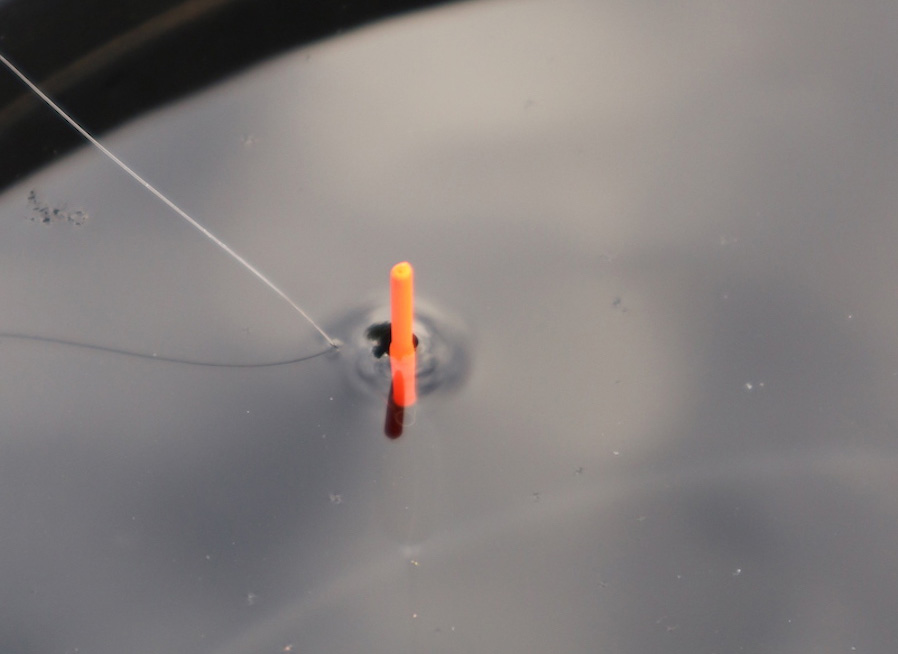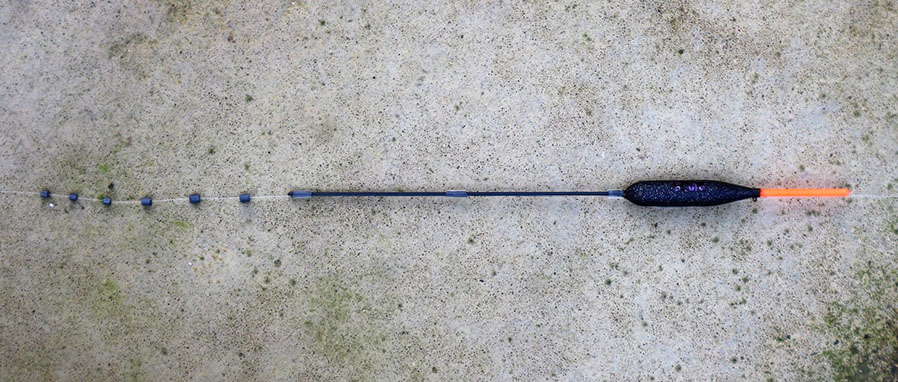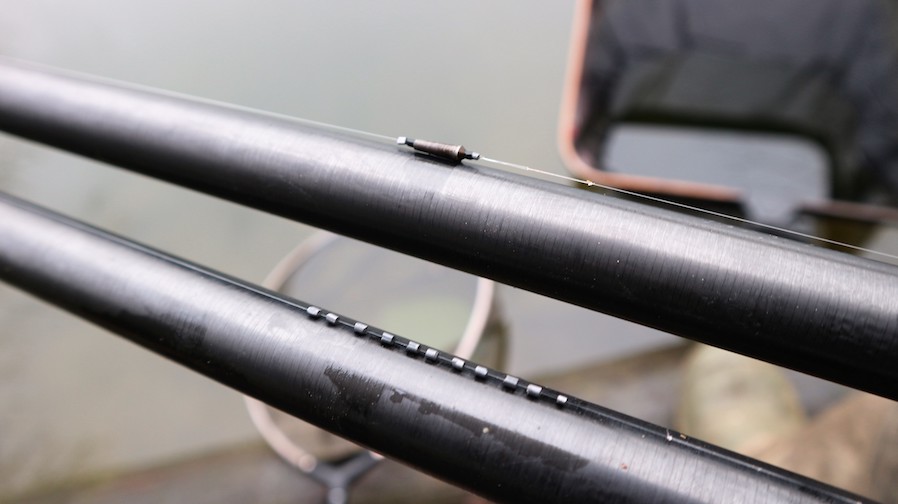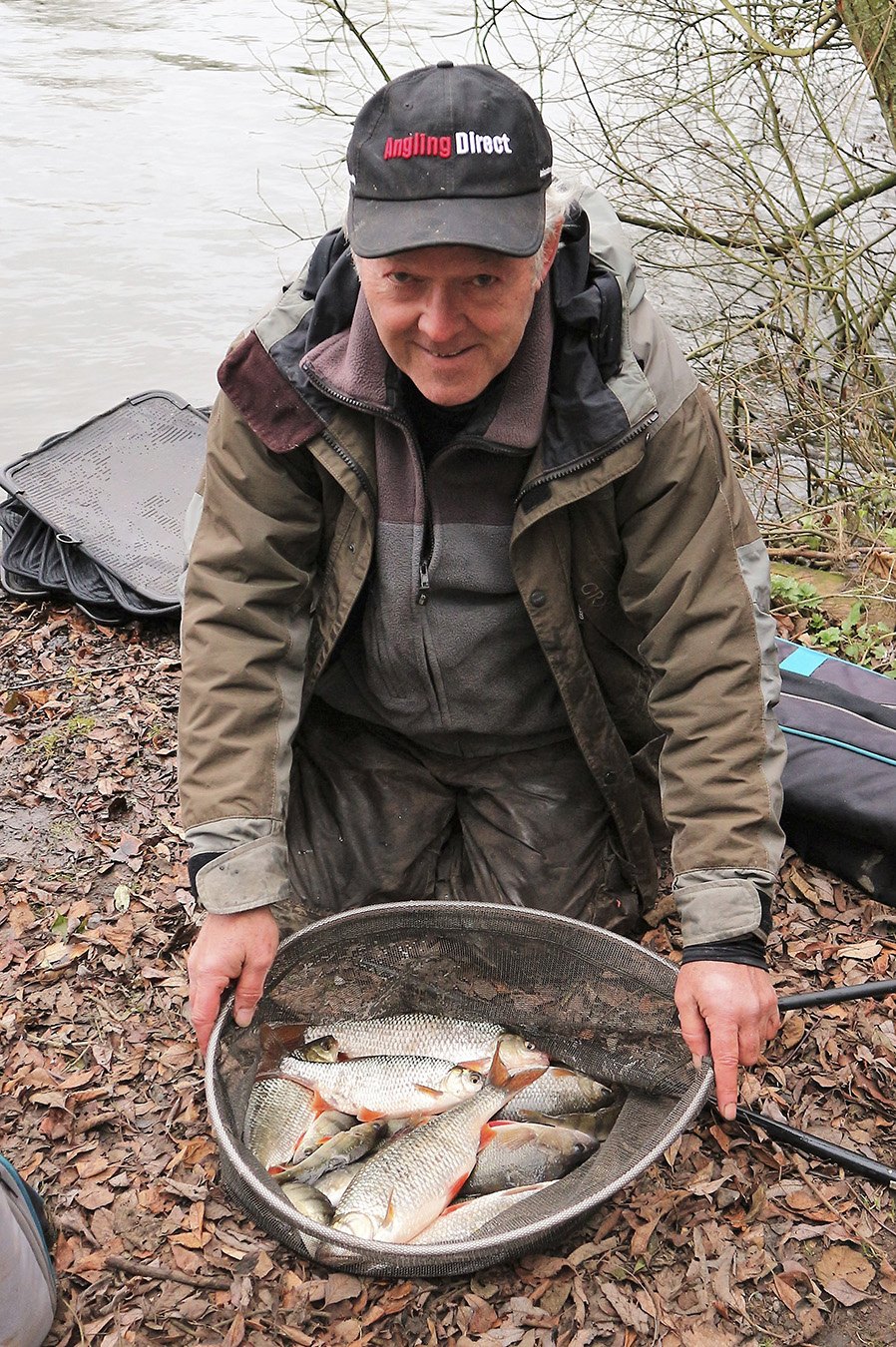Monday Top 5 - Float Fishing

Choose Your Weapon
Floats come in all different shapes and sizes. We can all be fooled into selecting a float because it’s attractive to the eye, but you need to match your chosen float with the species and situation you are fishing. For example, you don’t want a thick tipped float if you are fishing for small silver species on canals; ideally in this case you would want a thin, more sensitive float which would indicate bites better. Another important choice consideration is the amount of shot the float can take. The more shot the float can take, the more shotting options, generally giving you a more sturdy float in turbulent water, and one that is easier to handle on distance casts. If it’s a pole float, consider the stem material; if you are fishing commercial fisheries you want a robust stem to ensure you don’t break your float with repeated action; however, on rivers a wire stem helps stabilise the float. The colour of your float is also important, ensuring that you have a good view of your float regardless of the background you are fishing against. The best thing is to buy a selection of floats for all the potential venues and species you will target.

Set Your Level
When you are fishing for shy biting fish such as crucians and roach you need to ensure your float is dotted down so it’s as sensitive as possible. If you were fishing for carp with the same approach you may end up foul hooking fish, as the float would submerge, as carp knock the line as they feed. In a carp fishing situation allow more float tip out of the water and only strike at positive, sail away bites to avoid foul hooking.

Sunken
A great tip, especially for specimen or margin fishing, is to fish a sunken float. This is much like the lift method, whereby you fix your float just under the surface with a heavy shot placed on the bottom to anchor the float. When a large fish such as tench, bream or carp takes the bait and moves the large shot, the float pops to the surface and you strike. This eliminates false bites, as every time the float pops up is definitely a fish.
Shallow
It’s always best to plumb your swim to find out the depth of the water you have in front of you, as well as any features. Having said this, fishing your float shallow, well off the bottom, and constantly feeding brings the fish off the bottom and into a feeding frenzy. You can then simply cast and catch almost instantly, but remember to keep that feed going in. It can be deadly with maggots for orf, roach, chub and carp and equally as deadly with pellets for all commercial fishery species.

Shotting
There are two simple shotting patterns that will help you. One that’s designed with a bulk shot and a couple of droppers, and one with all the shot equally spaced (shirt button style). If you want your bait on the bottom quickly for targeting larger fish such as tench when there are rudd about, then the bulk shot pattern is the best choice. For catching on the drop or stick float fishing on rivers, then the shirt button style is the best choice. Whatever you choose, remember to feather the cast to ensure there are no tangles.
I hope the above tips help you the next time you are out enjoy the magic of float fishing.


